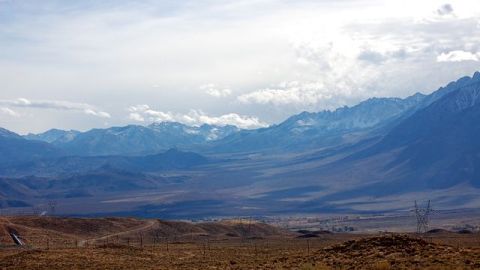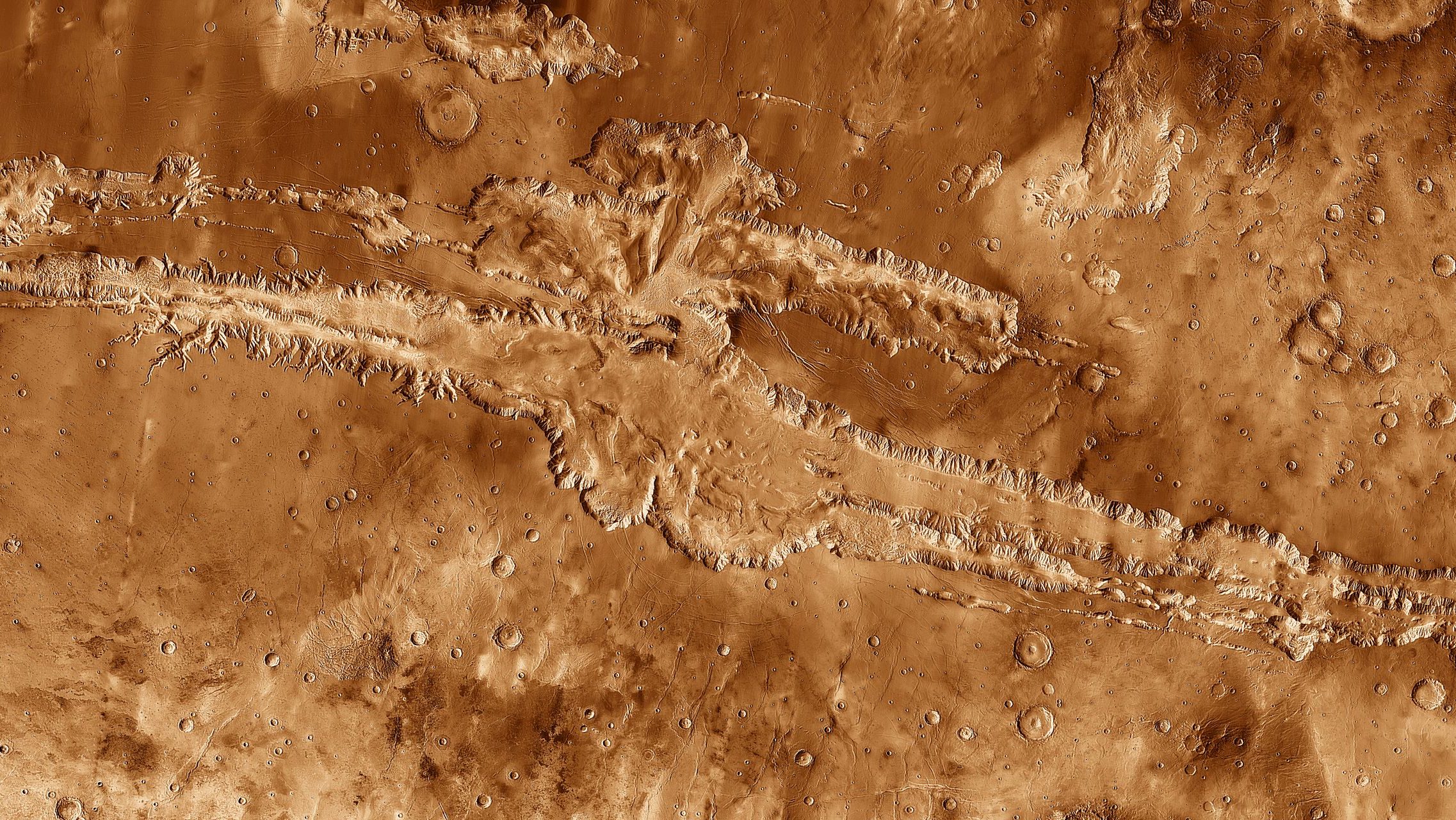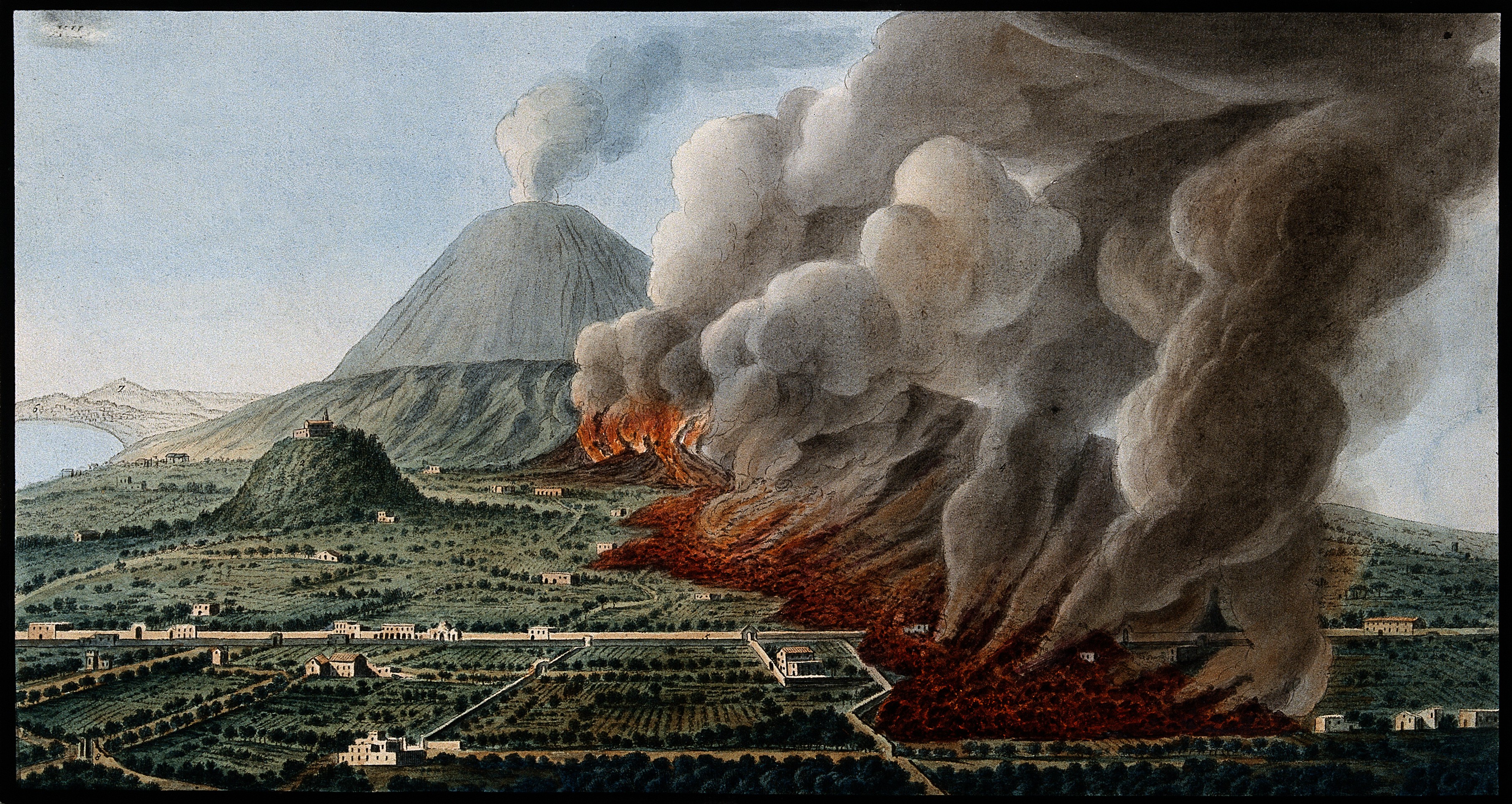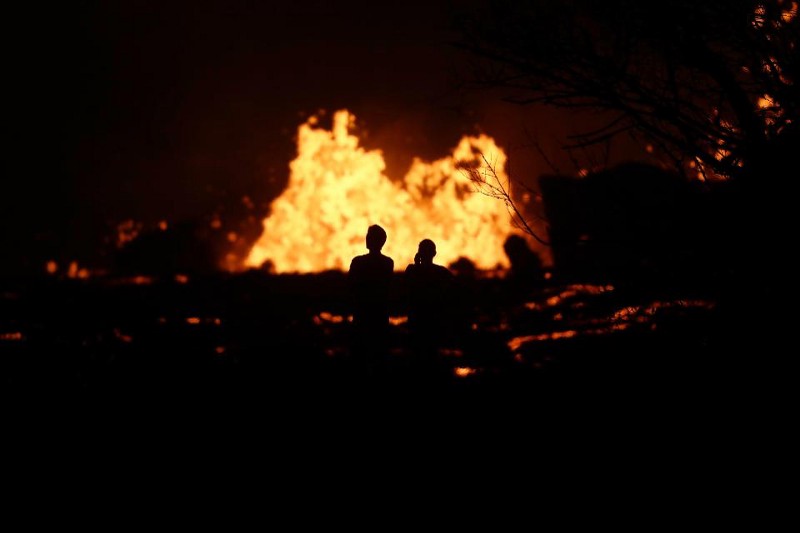Columns: Not just for basalt anymore

There has been a wave of articles over the last few weeks out on the geoblogosphere on columnar jointing in lavas – with many, many great images of columns seen around the world. I thought I’d jump in the fray, but as usual, basalt seems to have gotten the center stage when it comes to looking at columnar jointing in volcanic deposits – but columns aren’t just for basalt!
First a bit of a review:
Columnar jointing is a product of differential cooling in a volcanic deposit. Remember, they are hot and when they are deposited as lava flows or tephra deposits, they encounter the Earth’s surface that, comparatively speaking, is cold. The tops and bottoms of the deposits are especially exposed to the cold surface of the Earth. When most lavas or tephra cool, they tend to contract. When they contract, they respond to the change in volume by fracturing (brittle deformation) and can produce 4, 5, 6 or 8-sided shapes that terminate with convex/concave surfaces. These shapes then propagate through the deposit to form long “columns” that keep (roughly) the shape of the fracture formed at the cooling surfaces (e.g., the top or bottom of the deposit).
These columns can be tall – extending throughout thick flow units like we see along the Columbia River Gorge in the Columbia River Flood Basalt. The section of the cooling unit that has columns is called the colonnade, while irregularly fractured areas between the columns is called the entablature. The sequences of colonnades and entablatures can also be geographically extensive, sometimes laterally continuous for tens of kilometers. Some of the best examples of columnar jointing are in large basaltic lava flows thanks to their high thermal gradient – places like Giant’s Causeway, Fingal’s Cave and the Devil’s Post Pile.
However, columnar jointing can occur in any composition of volcanic unit. In 2008, I trekked through the Long Valley Caldera in California and in the Bishop Tuff – the huge (~200 cubic km) rhyolite tuff from the caldera-forming eruption 774,000 years ago – you can find very impressive columnar jointing.

The photos above and below were taken along the Gorge Power Plant Road in Long Valley that descends into the Owens River Gorge. At the bottom of the Gorge is a power plant that sits on the basal vitrophyre (bottom, glassiest unit) of the Bishop Tuff, which is a classic welded tuff. The unit with the columns is one of the moderately-welded, pink units in the tuff that have extensive fiamme – flattened pumice.

The columns can be quite large – with diameters close to a meter at some points – and they are not the straight up-and-down columns that we sometimes think of when it comes to columnar jointing.

In fact, one of the most impressive parts of the columns is that they twist-and-turn, implying that the cooling surfaces in the tuff were not simply the top and bottom of the unit.

You can also see columnar jointing in some of the darker, highly welded Tuff in some of the other gorges around the caldera.

So, columnar jointing can be found in a lot of other types of deposits than merely basaltic lava flows!
Top left: A view into Long Valley from the area near Bishop, CA. Click on the image to see a larger version.





